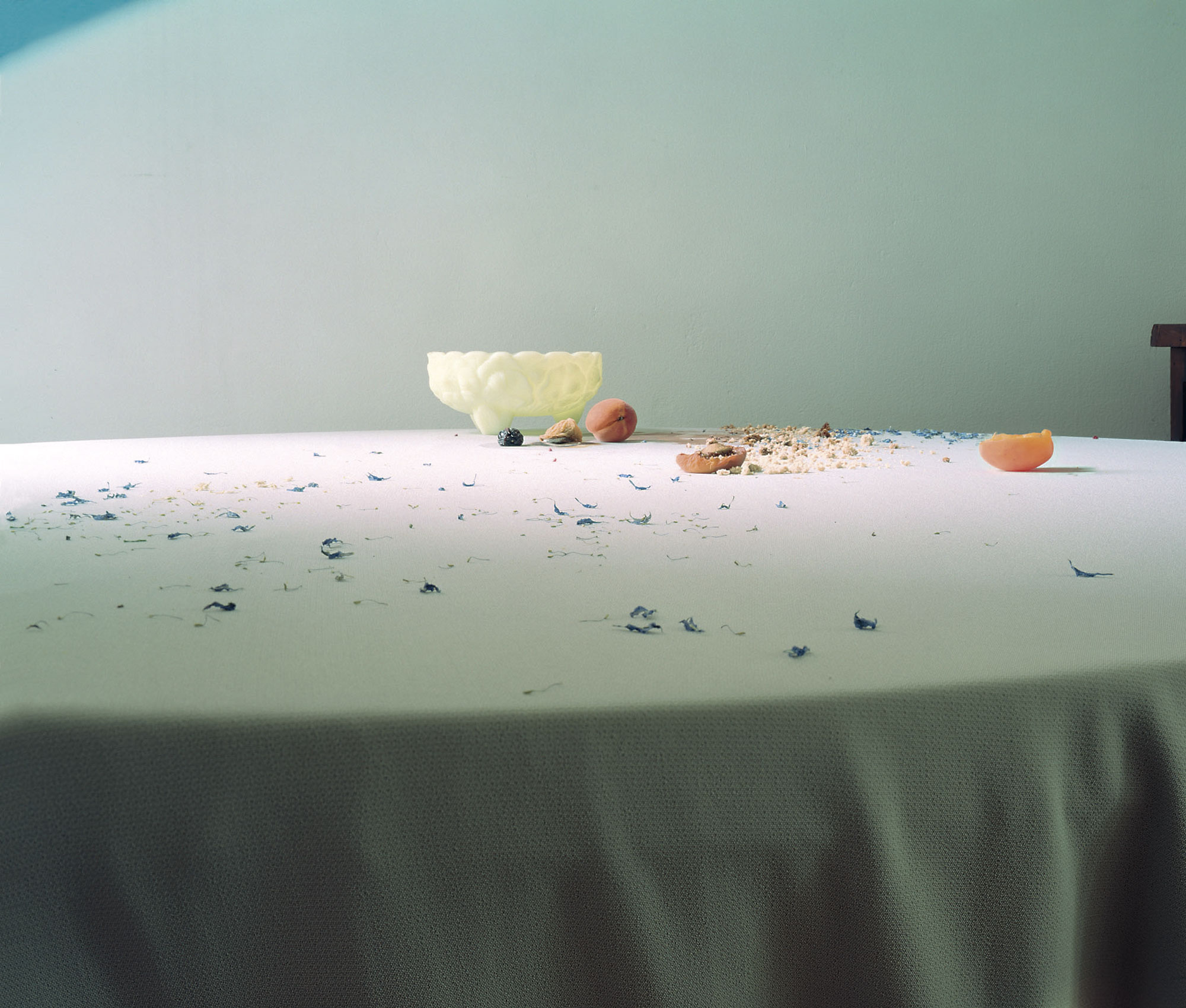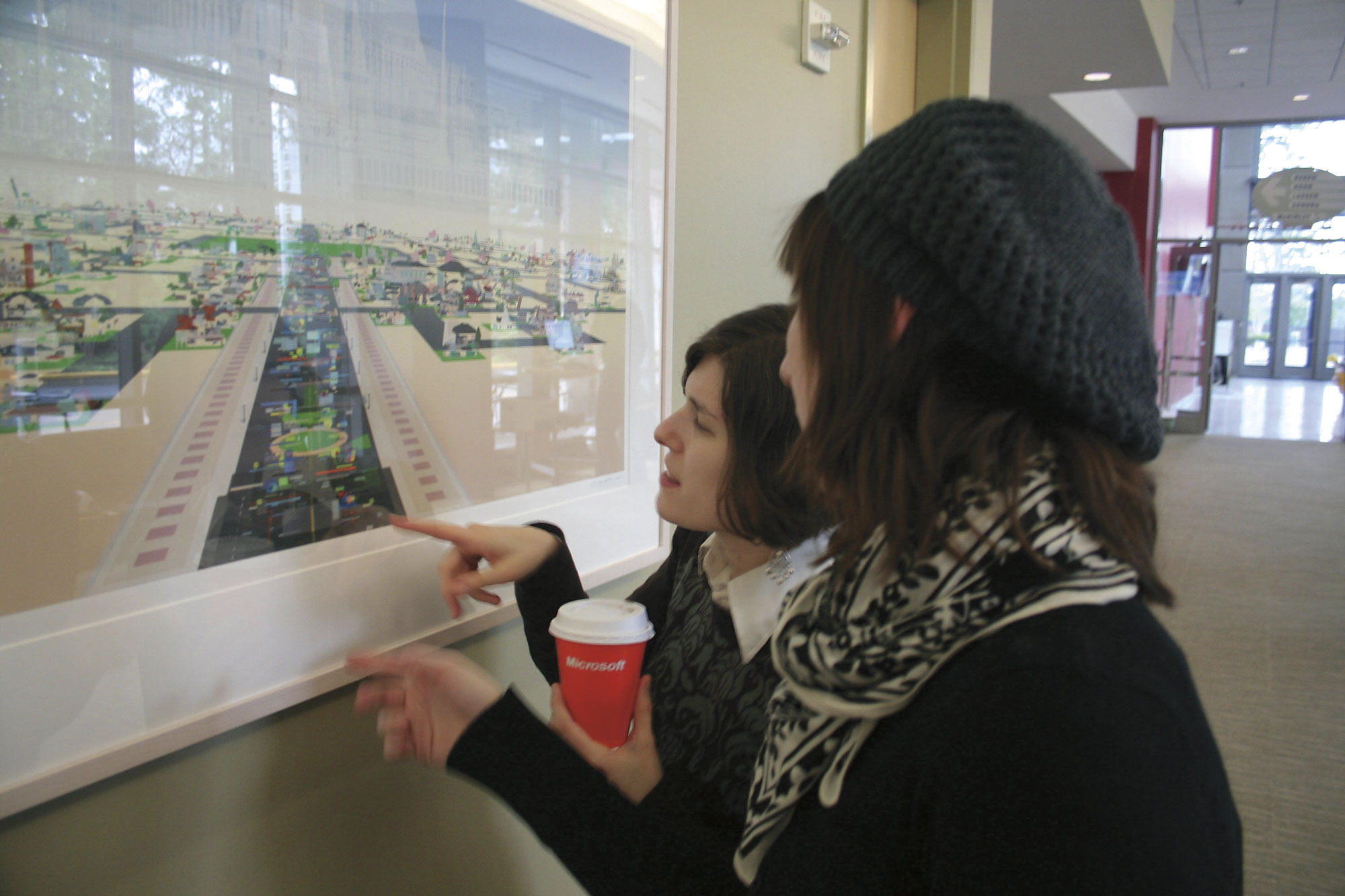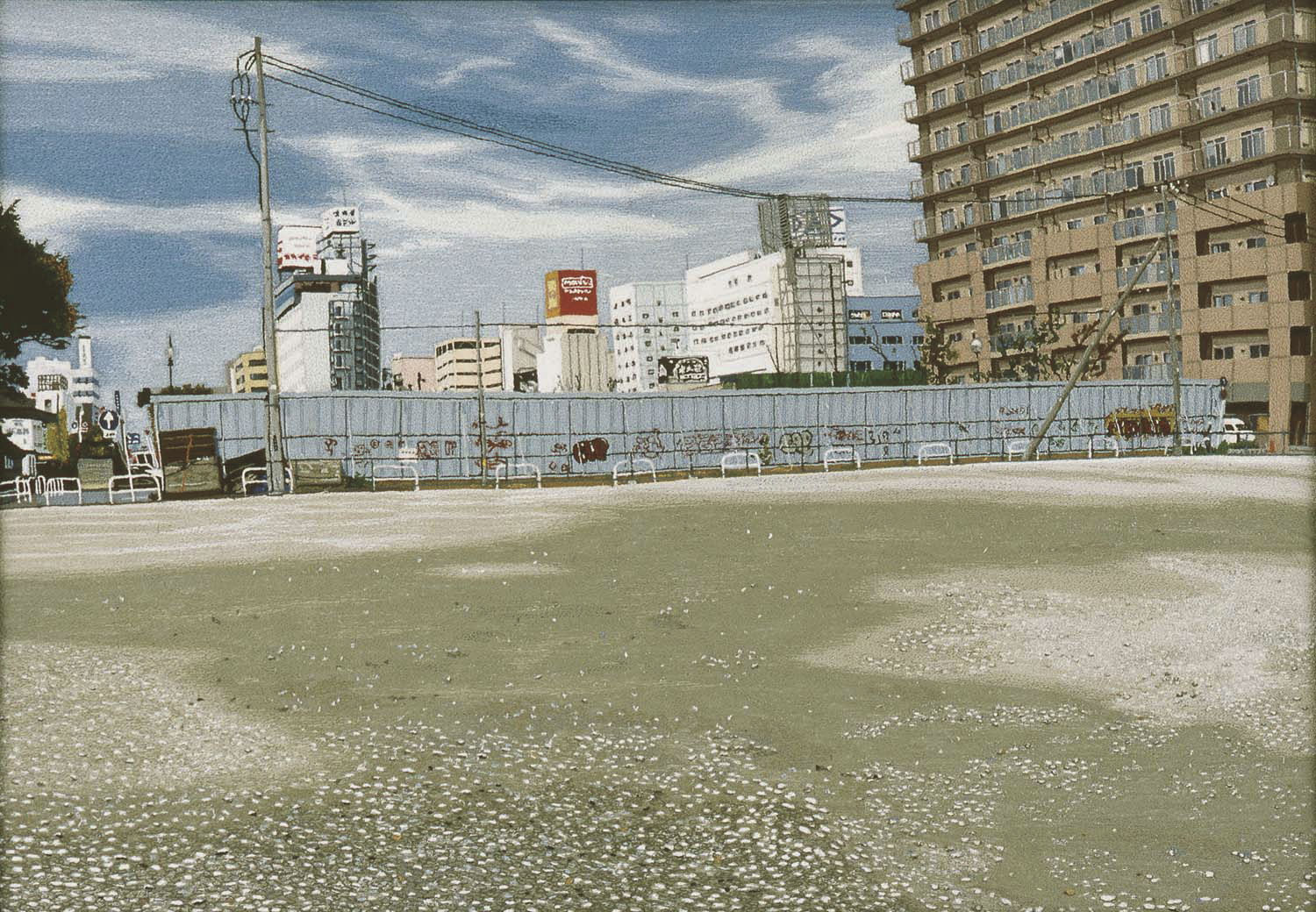
24 Jul Collector's Notebook: Art Goes Corporate
In Microsoft’s warren of cubicles, offices and meeting rooms, employees hunch over computers, sip lattes and soft drinks, jiggle their sneaker-clad feet and spend long hours working for the largest company in America. When they pop up to check something with a co-worker or shuffle down the hall to refill water bottles, their journey is punctuated by striking contemporary artwork, and none of it directly relates to their high-tech workday.
In 1987 Microsoft employed about 2,000 people in Redmond, Washington, and then, as now, the “work hard, play hard” vibe buzzed through six Microsoft buildings. Wanting to liven up the bare corridors, a small group of employees hit on an idea: contemporary, original art.
By 1999 the good idea had become corporate policy, and Microsoft hired its first full-time curator, New York gallery owner Michael Klein. At first, Klein purchased work by emerging and mid-career Northwest artists, but today’s collection of 4,500 pieces echoes Microsoft’s growing global footprint with an international sampling of contemporary and new media forms of paintings, sculpture, ceramics, works on paper, photographs, studio glass and video by emerging artists and notables such as Jacob Lawrence and Chuck Close.
Microsoft declines to put a price tag on its corporate art collection, noting that the value depends on the art market at the time, but will admit it is worth “millions.” In the United States, only a handful of corporations outrank Microsoft’s collection.
In high-tech office complexes where cutting-edge technology runs at warp speed, it might appear that artwork adorning labyrinth hallways would be passed by without a second glance. Not so.
“Microsoft encourages creativity — whether for developing computer games or designing business strategies,” says Mark Magill, learning and development specialist in the Microsoft Law and Corporate Affairs Department. “Creative people are hungry for inspiration on a daily basis. Fine art is literally the embodiment of the creative force — the result or final stage of the artistic process which, in turn, can spark a new fire for ideas to be nurtured and tweaked.”
And Microsoft’s corporate art program goes beyond works on walls. Docent-led tours are open to the general public and employees; the Artist Lecture Series brings artists to the corporation to discuss their work; authors, writers and scholars moderate Artful Readings, a book club that focuses on the relationship between art from the Microsoft collection and the written word; and display walls at the Microsoft Conference Center showcase artwork from the collection.
Mary Kae McCullough, managing photo editor in Microsoft’s Media Acquisitions Group, has been involved in several art-related programs at the company since she joined in 1994 and has witnessed the gamut of employee reactions.
“In an intense work environment such as Microsoft, where people tend to be very, very focused, the art collection adds an important expansive dimension, it broadens the view (not to mention adds a breath of fresh air),” McCullough says. “Overall I believe the employees appreciate having art in the workplace, and if anything they’re most vocal when it’s removed during facility upgrades. Negative comments are usually focused on individual pieces and the resulting discussions can be just as stimulating and important. Of course there are those employees who use the collection as a way-finding tool. ‘Get off the elevator and turn left at the Jacob Lawrence, then left at the Diane Arbus,’ which serves them well until the collection rotates.”
After Microsoft’s annual take-your-daughters-and-sons-to-work day, McCullough was especially heartened to realize the art collection helped parents see their workspace anew through the eyes of enthusiastic children.
“Amidst the project schedules on the board in my office is a memento from last year’s tour,” McCullough says. “It’s a small scrap of paper with a child’s scrawl: ‘I loved the art tour. —Nicole.’ ”
Corporate Art Around the World
In 1959, when David Rockefeller was president of The Chase Manhattan Bank (now JP Morgan Chase), he established the firm’s art program and took the lead in the field of corporate art collecting. Today the organization has more than 30,000 pieces in 450 countries around the globe.
“Many corporations want to support culture,” says Naomi Baigell, senior vice president and director of corporate art and museum services at Sotheby’s, “and they show support in many ways, including collecting art, supporting museum exhibitions, supporting performing arts or assisting arts organizations.”
“One of the most important trends in corporate art collecting that has emerged in recent years,” according to S.R. Howarth, editor of the International Directory of Corporate Art Collections, “is that the art collection is now viewed as part of the company’s overall image. In the early days, art was used as a direct-marketing tool to sell a product, today it reflects the corporate culture and what is unique about that particular company.”
Deutsche Bank, Germany: More than 50,000 pieces
JP Morgan Chase, New York: More than 30,000 pieces
ABN-Amro, Holland: 16,000 pieces
UBS, Switzerland: More than 1,000 pieces
Linda Hagen Miller is a freelance journalist whose award-winning travel and human interest articles have appeared in national and international magazines and newspapers.
- Benjamin Edwards, “Automatic City” | Edition 25/40 | 26 x 46 inches | 2006
- Satoru Aoyama, “Easeful City” | Embroidery on Polyester Organza | 15 3/4 x 22 inches | 2005









No Comments